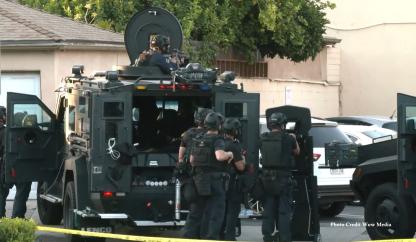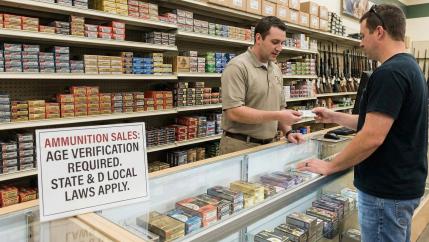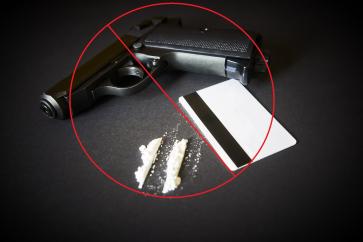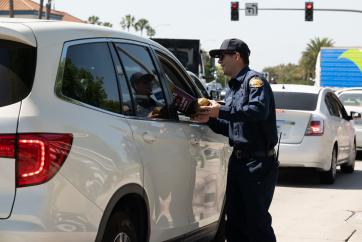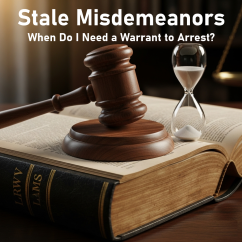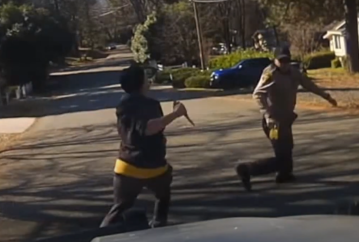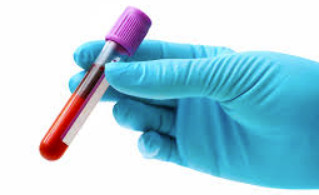

- Ref # CAC00065
- March 30, 2022
Unconscious DUI Suspects and Warrantless Blood Draws
- Warrantless DUI Blood Draws of an Unconscious Hospitalized Suspect
- Exigent Circumstances Justifying a Warrantless Blood Draw
The Fourth Amendment “almost always” permits a warrantless blood draw from an unconscious DUI suspect who is hospitalized. An unconscious DUI suspect who is hospitalized and about to go into surgery is a sufficient exigency allowing for a warrantless blood draw.
On October 27, 2017, Defendant Alberic Roland Nault had a dilemma. His pickup truck had been impounded a couple of months earlier when last busted for DUI (his 4th since 2000), and he wanted it back. The problem was that the tow yard where defendant’s pickup was being held wouldn’t let him have the truck as long ....
